- The Difference Between Batat and Potato Plants
- Why Batat is Easier to Grow Than Potatoes
- 1. Climate Adaptability
- 2. Disease Resistance
- 3. Low Maintenance
- 4. Pest Resistant Varieties
- 5. Higher Yield
- 6. Versatility in Soil Types
- 7. Propagation
- The Benefits of Growing Batat
- 1. High Yield
- 2. Nutritional Value
- 3. Versatility in Culinary Uses
- 4. Drought Resistance
- 5. Pest and Disease Resistance
- 6. Cost-Effective
- 7. Soil Improvement
- Batat: A High-Yield Crop
- High Yield Potential
- Adaptability to Various Climates
- Nutritional Benefits
- Low Input Requirements
- Versatile Uses
- Batat: Versatile in the Kitchen
- Health Benefits
- Delicious and Easy to Prepare
- Recipe Ideas
- Conclusion
- How to Successfully Grow Batat
- Choose the Right Variety
- Prepare the Soil
- Planting
- Care and Maintenance
- Harvesting
- Storage
- Conclusion
- Choosing the Right Batat Variety
- Growth Cycle
- Yield Potential
- Market Demand
- Pest and Disease Resistance
- Growing Conditions
- Taste and Culinary Use
- Optimal Growing Conditions for Batat
- Temperature
- Soil
- Sunlight
- Watering
- Fertilization
- Pest and Disease Control
- Harvesting and Storing Batat
- Harvesting
- Curing
- Storage
- “Question-Answer”
- What is “Batat is Not a Potato: It’s Easier and More Profitable to Grow!” article about?
- Why is growing batat easier than growing regular potatoes?
- What are the benefits of growing batat?
- Is growing batat more profitable than growing regular potatoes?
- Can batat be grown in all climates?
- “Video” Growing Potatoes At Home Is A Lot Of Tubers And Easy For Beginners
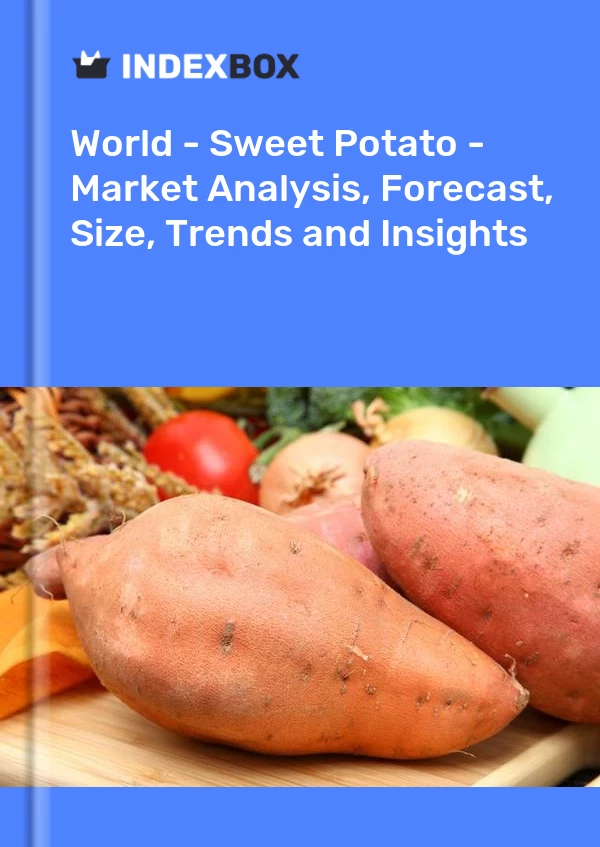
Are you looking for a new crop to grow on your farm? Look no further than the humble batata, also known as sweet potato. A distant cousin of the regular potato, the batata offers numerous advantages that make it a smart choice for farmers.
First and foremost, batatas are much easier to grow compared to regular potatoes. They are more resistant to diseases and pests, requiring fewer pesticides and chemical treatments. Batatas also have a shorter growing period, allowing farmers to harvest their crops sooner and cultivate multiple harvests in a year.
Another advantage of growing batatas is their higher profitability.
Compared to regular potatoes, the market demand for batatas is constantly increasing, offering farmers a higher selling price. Batatas are not only popular as a staple food, but they are also gaining recognition as a nutritious and versatile ingredient. With the rise of health-conscious consumers, there is a growing demand for batata-based products such as fries, chips, and even desserts.
If you’re a farmer looking for a profitable and easy-to-grow crop, consider planting batatas. With their resilience, shorter growing period, and increasing market demand, batatas offer a promising opportunity for farmers to boost their income while providing a versatile and nutritious crop for consumers.
The Difference Between Batat and Potato Plants
1. Botanical Classification
Even though batat and potato belong to the same taxonomic family, they are classified under different genus and species:
- Batat: Ipomoea batatas
- Potato: Solanum tuberosum
2. Appearance and Growth Habits
While both batat and potato plants are herbaceous perennials, they differ in their physical characteristics:
- Batat plants have vine-like stems that can grow up to 10 feet long. The leaves are heart-shaped and lobed.
- Potato plants have erect stems that grow up to 2-4 feet tall. The leaves are pinnately compound with ovate leaflets.
3. Tuber Formation
One of the key differences between batat and potato plants is the formation of tubers:
- Batat plants produce enlarged storage roots that are commonly referred to as “sweet potatoes.” These tubers come in various colors, including orange, purple, and white.
- Potato plants produce underground tubers known as “potatoes.” These tubers are commonly round or oval-shaped and have a starchy texture.
4. Nutritional Content
Batat and potato tubers also differ in their nutritional composition:
| Nutrient | Batat | Potato |
|---|---|---|
| Carbohydrates | High | High |
| Vitamin A | High | Low |
| Vitamin C | Medium | Medium |
| Iron | Medium | Low |
5. Geographic Distribution
Both batat and potato plants have different agricultural preferences and are cultivated in different parts of the world:
- Batat plants are native to tropical regions, such as Central and South America, Africa, and the Caribbean.
- Potato plants are native to the high-altitude regions of South America and are now cultivated worldwide.
By understanding the differences between batat and potato plants, farmers and gardeners can make informed decisions about which plant to grow based on their specific needs and growing conditions.
Why Batat is Easier to Grow Than Potatoes
Growing batat, also known as sweet potato, can be a more straightforward and less demanding process compared to growing potatoes. Here are several reasons why batat is easier to cultivate:
1. Climate Adaptability
Batat can thrive in a wider range of climates compared to potatoes. While potatoes prefer cooler climates, batat can tolerate both warm and cool climates, making it suitable for cultivation in various regions.
2. Disease Resistance
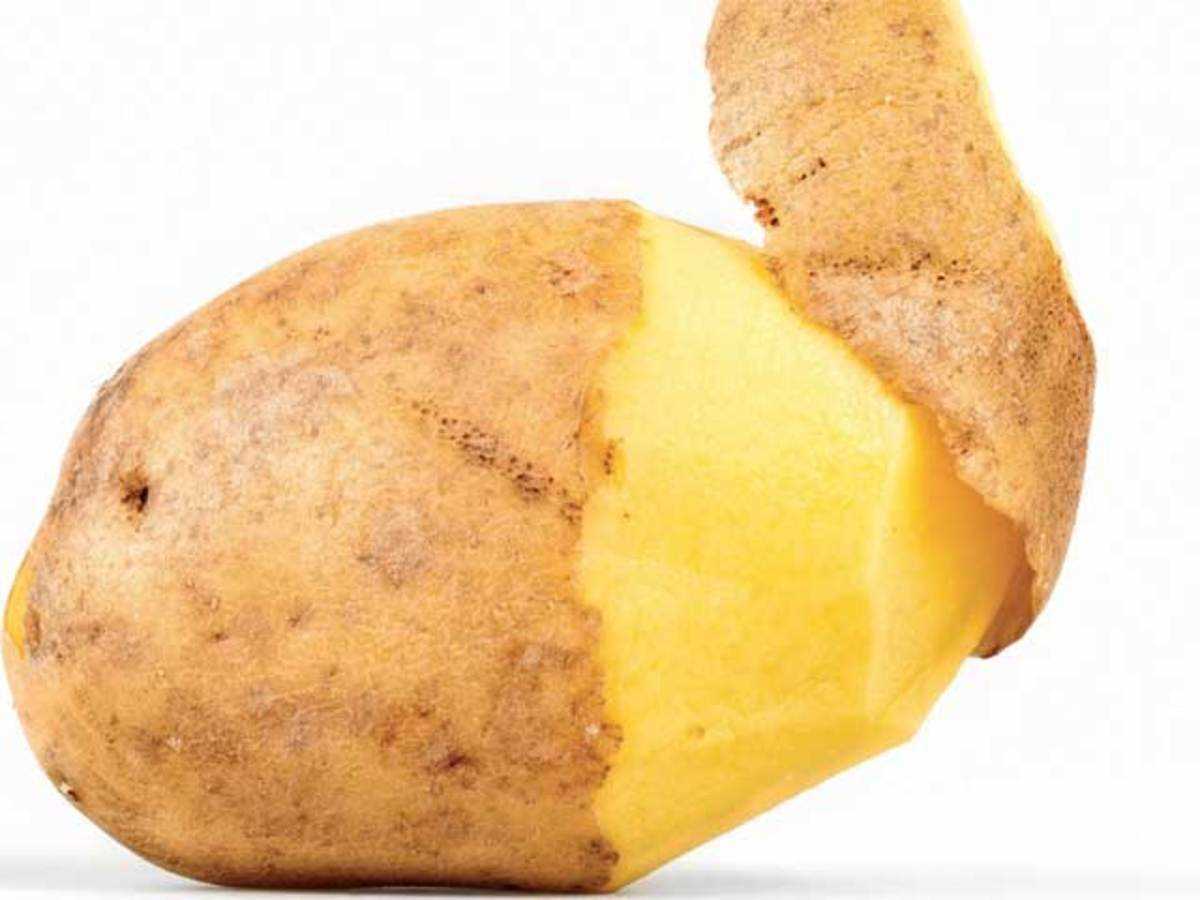
Unlike potatoes, which are susceptible to various diseases such as late blight and common scab, batat has a higher resistance to diseases. This reduces the need for extensive pesticide use and increases the chances of a successful harvest.
3. Low Maintenance
Batat plants require less maintenance compared to potatoes. They have a naturally high tolerance for drought, reducing the need for constant watering. Additionally, batat plants generally have fewer pest issues, further decreasing the demand for constant monitoring and insecticide use.
4. Pest Resistant Varieties
There are several batat varieties available that have been specifically bred to resist pests, such as nematodes. Planting these resistant varieties can significantly reduce the risk of pest damage and the need for additional pest control measures.
5. Higher Yield
Batat plants tend to produce higher yields compared to potatoes. This means that with the same amount of effort and resources, one can expect a larger harvest from batat plants. This can be particularly advantageous for commercial growers looking to maximize their profits.
6. Versatility in Soil Types
While potatoes are typically grown in loose, well-drained soil, batat can adapt to a wider range of soil types. It can be successfully cultivated in sandy, loam, or clay soils, making it more versatile and easier to grow in different agricultural settings.
7. Propagation
Batat can be propagated using vine cuttings, making it easier to multiply the plants compared to potatoes, which are usually grown from tubers. This method allows for more flexibility in planting and simplifies the overall cultivation process.
In conclusion, batat offers several advantages over potatoes when it comes to ease of cultivation. Its climate adaptability, disease resistance, low maintenance requirements, pest-resistant varieties, higher yield potential, versatility in soil types, and simpler propagation make it an attractive option for both small-scale and large-scale growers.
The Benefits of Growing Batat
Growing batat, also known as sweet potato, offers numerous advantages for farmers and gardeners alike. Here are some of the main benefits:
1. High Yield
Batat is known for its high yield compared to other crops. With proper cultivation techniques and favorable growing conditions, you can expect a significant harvest. The average yield per hectare can range from 15 to 30 tons, depending on the variety and cultivation practices.
2. Nutritional Value
Batat is highly nutritious and packed with essential vitamins, minerals, and antioxidants. It is an excellent source of dietary fiber, vitamin A, vitamin C, and potassium. Adding batat to your diet can contribute to a healthy and balanced nutrition.
3. Versatility in Culinary Uses
Batat is extremely versatile when it comes to culinary uses. It can be used in a variety of dishes, including soups, stews, casseroles, and even desserts. The sweet and creamy texture of batat adds a unique flavor to both savory and sweet dishes.
4. Drought Resistance
One of the advantages of batat is its ability to withstand drought conditions. Unlike other crops that require regular watering, batat has a high tolerance for drought and can survive with less water. This makes it a suitable choice for regions where water scarcity is a concern.
5. Pest and Disease Resistance
Batat is relatively resistant to many common pests and diseases that can affect other crops. This reduces the need for chemical pesticides and makes it easier to grow batat organically. However, it is still important to monitor the crop for any signs of pests or diseases and take appropriate measures if needed.
6. Cost-Effective
Growing batat can be cost-effective, especially when compared to other high-value cash crops. The initial investment in seeds and planting materials is relatively low, and the crop can be grown using simple and affordable techniques. Additionally, batat has a long shelf life, reducing the risk of spoilage or loss.
7. Soil Improvement
Batat is a good crop for improving soil health. Its extensive root system helps to improve soil structure and prevents erosion. Furthermore, batat is a nitrogen-fixing plant, which means it can convert atmospheric nitrogen into a form that is usable by other plants. This helps to enrich the soil with nitrogen, an essential nutrient for plant growth.
| Benefit | Description |
|---|---|
| High Yield | Batat is known for its high yield compared to other crops. |
| Nutritional Value | Batat is highly nutritious and packed with essential vitamins, minerals, and antioxidants. |
| Versatility in Culinary Uses | Batat is extremely versatile when it comes to culinary uses. |
| Drought Resistance | Batat has a high tolerance for drought and can survive with less water. |
| Pest and Disease Resistance | Batat is relatively resistant to many common pests and diseases. |
| Cost-Effective | Growing batat can be cost-effective, especially when compared to other high-value cash crops. |
| Soil Improvement | Batat is a good crop for improving soil health. |
Batat: A High-Yield Crop
Batat, also known as sweet potato, is a highly productive crop that offers many advantages for farmers. Its high yield, adaptability, and nutritional benefits make it a profitable and sustainable choice for farmers around the world.
High Yield Potential
Batat has a high yield potential compared to other crops. It can produce more edible biomass per acre than traditional potatoes, making it a more profitable option for farmers. With proper cultivation practices, batat crops can yield high quantities of nutritious tubers, ensuring a significant return on investment.
Adaptability to Various Climates
Batat is an incredibly adaptable crop that can thrive in various climates and soil conditions. It can withstand both high temperatures and drought, making it a reliable choice for farmers in arid regions. Additionally, batat can also tolerate some frost, allowing farmers in colder regions to cultivate this crop successfully.
Nutritional Benefits
Batat is rich in essential vitamins and minerals, making it a highly nutritious food source. It is an excellent source of dietary fiber, antioxidants, and vitamins like vitamin A, C, and B6. Additionally, batat contains minerals such as potassium, manganese, and iron, which are vital for maintaining good health.
Low Input Requirements
Batat cultivation requires fewer inputs compared to other crops. It has relatively low water requirements, making it suitable for water-scarce regions. Additionally, batat can be grown with minimal chemical fertilizers, reducing the environmental impact of farming practices. This makes it an environmentally friendly and cost-effective choice for farmers.
Versatile Uses
Batat offers versatile uses in culinary applications. It can be consumed in both sweet and savory dishes, adding a unique flavor and texture. Batat can be baked, boiled, mashed, or fried, making it a versatile ingredient in various cuisines around the world. Its versatility in the kitchen further increases its demand and market value.
| Criteria | Batat | Potatoes |
|---|---|---|
| Yield | Higher | Lower |
| Adaptability | Wide range of climates | More restricted |
| Nutritional Value | Higher in vitamins and minerals | Lower in vitamins and minerals |
| Input Requirements | Lower water and fertilizer requirements | Relatively higher water and fertilizer requirements |
| Uses | Both sweet and savory applications | Mainly savory applications |
Overall, batat is a high-yield crop that offers numerous benefits for farmers. Its adaptability, high nutritional value, and versatility make it an excellent choice for sustainable and profitable farming.
Batat: Versatile in the Kitchen
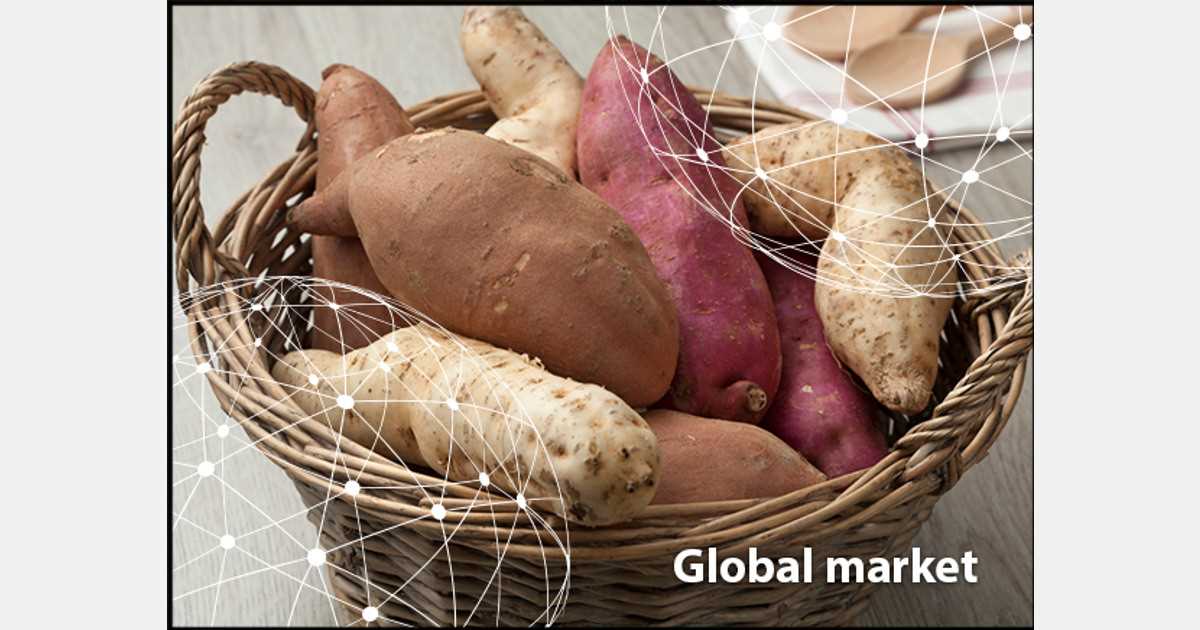
Batat, also known as sweet potato, is a versatile and nutritious vegetable that can be used in a variety of dishes. Whether you’re looking for a healthy side dish or a flavorful main course, batat is a great choice.
Health Benefits
One of the main reasons to incorporate batat into your diet is its nutritional value. It is rich in vitamins A, C, and E, as well as beta-carotene, which is a powerful antioxidant. These nutrients help boost the immune system, improve vision, and promote healthy skin.
Additionally, batat is high in fiber, which aids digestion and can help prevent constipation. It is also low in calories and fat, making it a great option for those watching their weight.
Delicious and Easy to Prepare
Not only is batat nutritious, but it is also delicious and easy to prepare. It can be roasted, boiled, or mashed, and can be seasoned with a variety of herbs and spices to enhance its natural flavors.
One popular way to enjoy batat is by making sweet potato fries. Simply slice the batat into thin strips, toss them in olive oil and your favorite seasonings, and bake them in the oven until they are crispy and golden brown. These fries are a healthier alternative to traditional french fries and make a great snack or side dish.
Recipe Ideas
Here are a few more ideas for incorporating batat into your meals:
- Add diced batat to soups and stews for added flavor and texture.
- Make a sweet potato casserole topped with marshmallows and cinnamon for a tasty holiday side dish.
- Create a hearty batat and black bean chili for a nutritious and filling meal.
- Use batat as a topping for a homemade pizza for a unique twist on a classic favorite.
Conclusion
Batat is a versatile and nutritious vegetable that can be used in a variety of dishes. Whether you’re looking to add more nutrients to your meals or trying to find a new and delicious ingredient, batat is a great choice. Incorporate it into your diet today and enjoy its many health benefits and delicious flavors.
How to Successfully Grow Batat
Choose the Right Variety
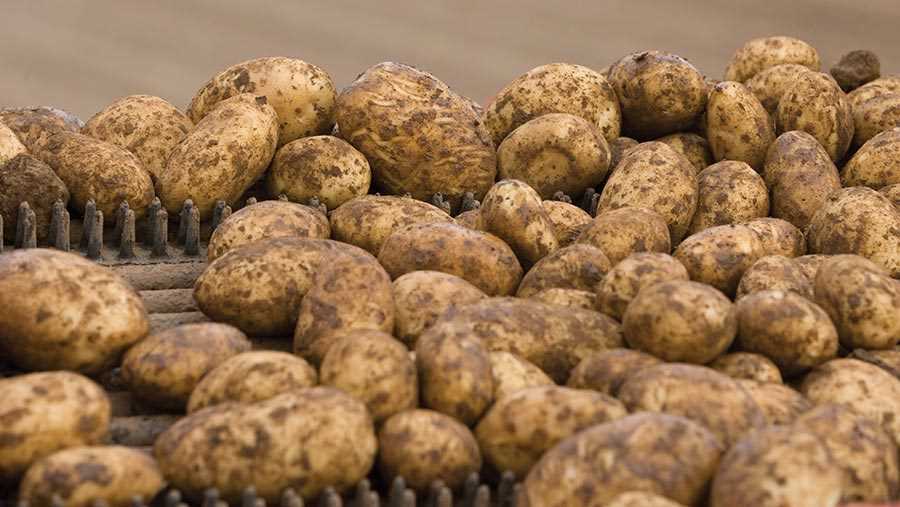
When it comes to growing batat, it’s important to choose the right variety for your growing conditions. There are different types of batat, each with their own characteristics and growing requirements. Some varieties are better suited for warmer climates, while others can tolerate colder temperatures.
Do your research and select a variety that is well-suited for your climate and soil conditions. This will increase the chances of a successful harvest.
Prepare the Soil
Batat thrives in well-drained soil that is rich in organic matter. Before planting, prepare the soil by removing any weeds or grass and loosening it with a garden fork or tiller.
Add compost or well-rotted manure to improve the soil’s fertility and moisture-retention capacity. Mix it evenly throughout the soil to ensure all the plants receive an even amount of nutrients.
Planting
Plant batat slips or cuttings in the prepared soil. The slips should be around 6-8 inches long and contain at least two leaves. Dig a hole deep enough to accommodate the slips, leaving only the top leaves above the soil surface.
Space the slips about 12-18 inches apart to allow the vines to spread. Water thoroughly after planting to help establish the roots.
Care and Maintenance
- Water regularly: Batat plants require regular watering, especially during dry spells. Water deeply to encourage deep root growth and avoid frequent shallow watering.
- Fertilize: Apply a balanced organic fertilizer once a month to provide the plants with essential nutrients.
- Weed control: Keep the planting area weed-free to minimize competition for nutrients and water.
- Pruning: Trim back excessive vine growth to promote air circulation and prevent overcrowding.
Harvesting
When the batat plants begin to yellow and die back, it’s a sign that they are ready to be harvested. Carefully dig up the batat tubers with a digging fork, being careful not to damage them. Brush off the excess soil and allow them to dry in a well-ventilated area for a few days.
Storage

Batat can be stored for several months if cured and stored correctly. Cure the batat by placing them in a warm and humid area for about a week. This helps to initiate the healing process and improve their flavor.
After curing, store the batat in a cool and dry place with good ventilation. Avoid storing them with fruits or vegetables that produce ethylene gas, as this can cause the batat to sprout or spoil.
Conclusion
Growing batat can be a rewarding and profitable venture if done correctly. By selecting the right variety, preparing the soil, providing proper care and maintenance, and harvesting and storing the tubers properly, you can ensure a successful batat harvest.
Choosing the Right Batat Variety
When it comes to growing batat, choosing the right variety is crucial for both successful cultivation and profitability. Here are some factors to consider when selecting the batat variety for your farm:
Growth Cycle
Batat varieties have varying growth cycles, ranging from 90 to 150 days. It’s important to select a variety that aligns with your farming schedule and climate conditions. Some varieties are best suited for short growing seasons, while others require longer periods to reach maturity.
Yield Potential
The yield potential of different batat varieties can vary significantly. Some varieties are bred for high yield and can produce large quantities of batat per plant. Others may have lower yields but offer other desirable qualities, such as disease resistance or higher nutritional content.
Market Demand
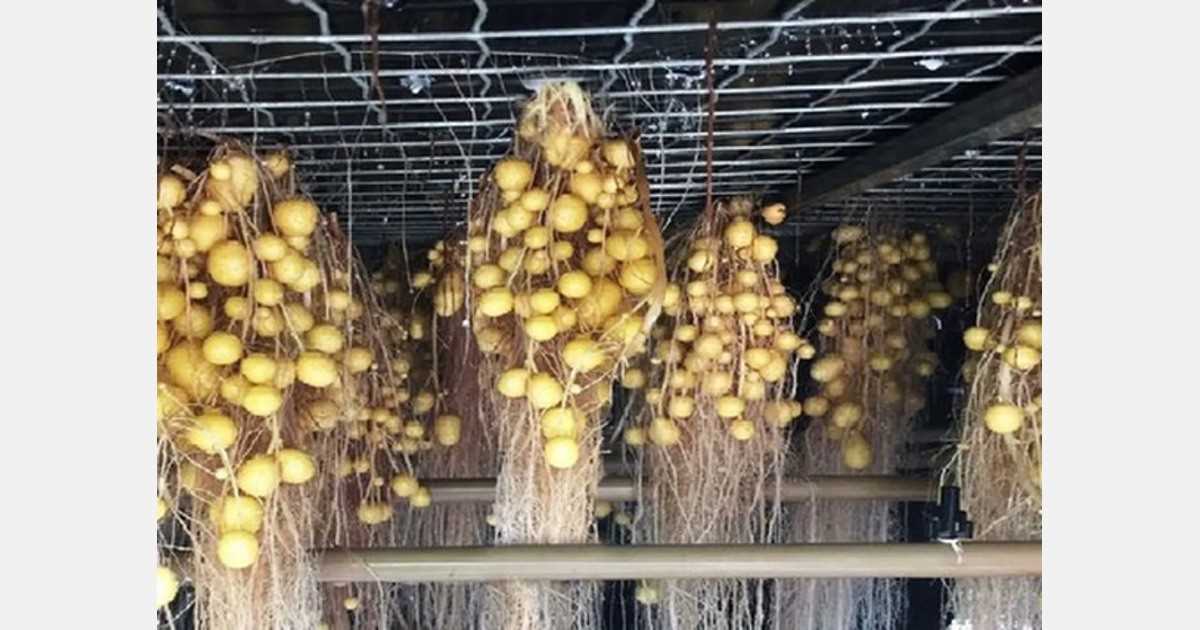
Consider the market demand for batat in your region when selecting a variety. Certain varieties may be more popular or command higher prices due to their taste, appearance, or other characteristics. Conduct market research or consult with local buyers to understand which varieties are in high demand.
Pest and Disease Resistance
Some batat varieties exhibit natural resistance to pests and diseases, reducing the need for chemical interventions. Consider selecting varieties that are known for their resistance to common batat pests and diseases in your area. This can help to minimize production costs and improve overall crop health.
Growing Conditions
Take into account the specific growing conditions on your farm, such as soil type, temperature, and rainfall patterns. Different batat varieties have varying adaptability to different growing conditions. Selecting a variety that is well-suited to your specific environment can enhance overall crop performance and yield.
Taste and Culinary Use
Last but not least, consider the taste and culinary use of different batat varieties. Some varieties are known for their sweetness, while others may have a more savory or nutty flavor. Understanding the taste profiles and culinary uses of different varieties can help you cater to specific consumer preferences and target niche markets.
| Variety | Growth Cycle (Days) | Yield Potential | Market Demand | Pest and Disease Resistance | Growing Conditions | Taste and Culinary Use |
|---|---|---|---|---|---|---|
| Variety A | 90 | High | Medium | Low | Adaptable | Sweet, ideal for desserts |
| Variety B | 110 | Medium | High | Medium | Requires well-drained soil | Nutty, suitable for roasting |
| Variety C | 120 | Low | Low | High | Tolerates high heat | Savory, great for soups |
By carefully considering these factors, you can choose the right batat variety that aligns with your farming goals, market demand, and growing conditions. Remember to conduct trials and experiment with different varieties to find the best fit for your farm.
Optimal Growing Conditions for Batat
Growing batat (sweet potato) can be a rewarding experience, but it requires certain optimal conditions for successful cultivation. Here are some key factors to consider:
Temperature
Batat plants thrive in warm temperatures between 24-29°C (75-85°F). They are sensitive to frost and should not be exposed to temperatures below 12°C (55°F). In areas with colder climates, it is advisable to grow batat in containers or greenhouses to maintain the required temperature.
Soil
Well-draining soil with a pH level of 5.8-6.2 is ideal for batat cultivation. The soil should be loose, loamy, and rich in organic matter. Avoid heavy clay soils, as they can lead to poor root development. Prior to planting, it is recommended to amend the soil with compost or well-rotted manure to improve nutrient content.
Sunlight
Batat plants require full sunlight to grow and produce abundant yields. Ensure that the growing area receives at least 6-8 hours of direct sunlight daily. Lack of sunlight can result in weak growth and reduced tuber production.
Watering
Adequate watering is essential for batat plants. They require consistent moisture throughout the growing season, but excessive water can lead to rot and disease. Water the plants deeply once a week, allowing the soil to dry out slightly between waterings. In hot, dry climates, additional irrigation may be necessary.
Fertilization
Batat plants benefit from regular fertilization to ensure optimal growth and tuber development. Prior to planting, apply a balanced fertilizer with a ratio of 5-10-10 or 10-20-20 to the soil. During the growing season, supplement with a nitrogen-rich fertilizer every 4-6 weeks to promote foliage growth.
Pest and Disease Control
To prevent pest and disease infestations, practice good crop rotation and maintain proper plant spacing. Keep an eye out for common batat pests like sweet potato weevils, cutworms, and whiteflies, and take appropriate measures to control them. Regularly inspect the plants for signs of diseases such as sweet potato scab, fusarium wilt, and root-knot nematodes, and promptly address any issues.
By providing the optimal growing conditions for batat, you can maximize your yields and enjoy a successful harvest of delicious and nutritious sweet potatoes.
Harvesting and Storing Batat
Harvesting and storing batat is an important step in ensuring the quality and longevity of your crops. Here are some tips to help you with this process:
Harvesting
- Wait until the batat vines have died back before harvesting. This usually occurs in the late summer or early fall.
- Use a garden fork or shovel to carefully dig up the batat tubers. Be gentle to avoid damaging the tubers.
- Remove the excess soil from the tubers, but do not wash them. Batat should be stored unwashed to protect them from moisture and prevent rotting.
- Handle the batat tubers with care, as they are delicate and can bruise easily.
Curing
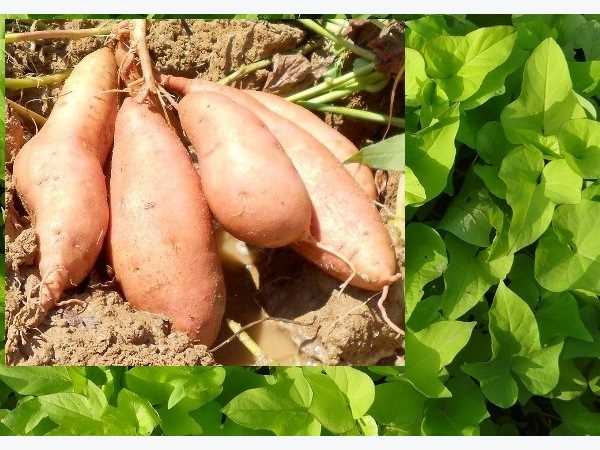
After harvesting, batat tubers should be cured to improve their flavor and increase their storage life. Follow these steps to cure your batat:
- Place the batat tubers in a well-ventilated area with a temperature around 80-85°F (27-29°C) and a high level of humidity (around 85%).
- Leave the batat tubers to cure for about 10-14 days. This process helps the batat develop its characteristic sweet flavor and allows any small cuts or bruises to heal.
Storage
Once your batat tubers are cured, it’s time to store them. Follow these guidelines to ensure proper storage:
| Storage Method | Temperature | Humidity | Storage Life |
|---|---|---|---|
| In the pantry | 55-60°F (13-16°C) | 60-75% | 2-3 months |
| In a root cellar | 45-50°F (7-10°C) | 85-90% | 6-8 months |
| In a refrigerator | 50-55°F (10-13°C) | 85-90% | 4-5 months |
Note: Avoid storing batat tubers in temperatures below 50°F (10°C) or above 60°F (16°C), as this could cause them to spoil faster or develop a starchy taste.
By following these steps for harvesting and storing batat, you can ensure that your crop will last for months, allowing you to enjoy its delicious flavor well beyond the harvest season.
“Question-Answer”
What is “Batat is Not a Potato: It’s Easier and More Profitable to Grow!” article about?
The article is about how growing batat, also known as sweet potato, can be an easier and more profitable option compared to growing regular potatoes.
Why is growing batat easier than growing regular potatoes?
Growing batat is easier because they require less maintenance and are more resistant to pests and diseases compared to regular potatoes.
What are the benefits of growing batat?
There are several benefits of growing batat. It requires less water and fertilizers, has a shorter growing season, and can be grown in various soil types. Additionally, batat plants can be harvested multiple times throughout the season.
Is growing batat more profitable than growing regular potatoes?
Yes, growing batat can be more profitable than growing regular potatoes. Batat has a higher market value and demand, and the costs associated with growing batat are often lower due to the reduced need for water, fertilizers, and pesticides.
Can batat be grown in all climates?
Batat can be grown in a wide range of climates, as long as there is enough sunlight and the temperatures do not drop below freezing. However, certain varieties of batat are more suitable for specific climates.







